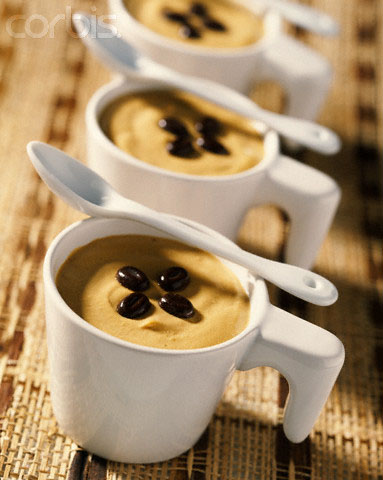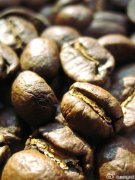Where does coffee taste bitter? why coffee is bitter?

The researchers identified two compounds related to the bitterness of coffee
Adding some milk and sugar to a steaming cup of coffee is a sign that many people start a new day. Although this is done to reconcile the bitterness of the drink, the reason why coffee makes us frown has puzzled scientists for decades. Now, researchers have narrowed the search by identifying two compounds associated with the bitterness of coffee, whether mild breakfast coffee or Italian espresso. A study presented at the annual meeting of the American Chemical Society in Boston showed that it was the roasting process-not the coffee beans themselves-that produced these compounds, a discovery that opened the door to improving the processing of coffee beans.
A cup of coffee is a complex drink made up of more than 30 chemicals that determine the taste, aroma and acidity of the coffee. Since the 1930s, scientists have isolated and identified a variety of chemicals related to the sensory composition of coffee, but no one can figure out what makes coffee so bitter.
To solve the mystery, Thomas Hofmann, a food chemist at the Technical University of Munich, Germany, and his colleagues continuously filtered the brewed coffee. They found that a small portion of the filter products contained the lowest molecular weight and the most bitter compounds, which undoubtedly provided a goal for the research team to conduct in-depth analysis. Using mass spectrometry, the researchers determined that one of the compounds was a decomposition product of chlorogenic acid lactone, chlorogenic acid, which is found in almost all plants. The team then baked a range of drinks from regular coffee to bitter coffee and measured the amount of chlorogenic lactone in each coffee.
The researchers found that roasting coffee beans will produce a continuous reaction, first, the chlorogenic acid in the coffee beans will be converted into chlorogenic acid lactone, and then, if the processing continues, the latter will be broken down into phenyl dihydroindene. Hofmann pointed out that chlorogenic acid lactone can produce moderate bitterness in lightly or moderately roasted coffee, while the subsequent secondary decomposition products are the root cause of the "bitterness" of espresso.
Peter Martin, a professor of psychiatry at Vanderbilt University in Nashville, Tennessee, said the identification of secondary decomposition products provides new material for studying the potential health effects of coffee. Martin is currently the director of the Coffee Research Institute of the university. "just as we know very little about chlorogenic acid, we don't know much about other products related to it," he said. " "this study broadens our horizons to better understand the health effects of coffee, and for the coffee industry, it will help improve the taste of coffee," Martin said.
Important Notice :
前街咖啡 FrontStreet Coffee has moved to new addredd:
FrontStreet Coffee Address: 315,Donghua East Road,GuangZhou
Tel:020 38364473
- Prev

Home roasting method of coffee hand net roasting skills
When it comes to frying, laymen feel that it is very incompetent. However, if you strictly abide by the requirements, stir-frying is particularly easy, don't you want to try? Noodles are a specific method of frying raw coffee beans with a hand net. First prepare 100 grams of raw coffee beans, pick out the beans, put them in a hand net, cover them and place them on the gas stove, stir-fry them over medium heat 20-30 cm from the fire.
- Next

Common sense of average Chemical composition of Coffee beans
The average chemical composition of raw coffee beans is as follows: water 12%, nitrogen 12%, fat 12%, sugar and dextrin (dextrine) 10%, other non-nitrogen substances 18%, dust 4%, tannin 6.7%, caffeine 1.2%, coffee essential oil 0.1%. Of course, these data are not fixed, and the quantity of some of these ingredients varies greatly, which is why each kind of coffee is so different.
Related
- Beginners will see the "Coffee pull flower" guide!
- What is the difference between ice blog purified milk and ordinary milk coffee?
- Why is the Philippines the largest producer of crops in Liberia?
- For coffee extraction, should the fine powder be retained?
- How does extracted espresso fill pressed powder? How much strength does it take to press the powder?
- How to make jasmine cold extract coffee? Is the jasmine + latte good?
- Will this little toy really make the coffee taste better? How does Lily Drip affect coffee extraction?
- Will the action of slapping the filter cup also affect coffee extraction?
- What's the difference between powder-to-water ratio and powder-to-liquid ratio?
- What is the Ethiopian local species? What does it have to do with Heirloom native species?

